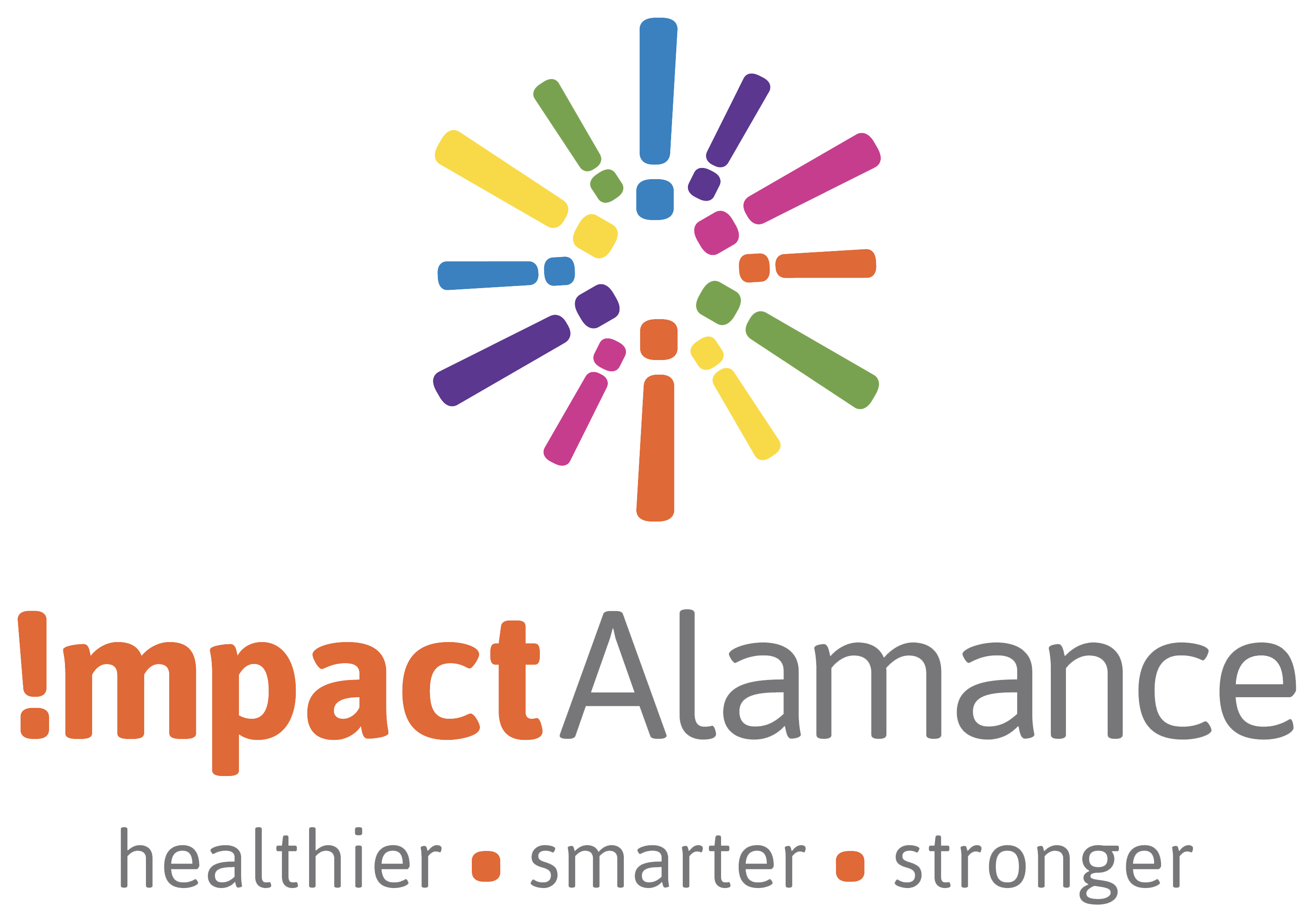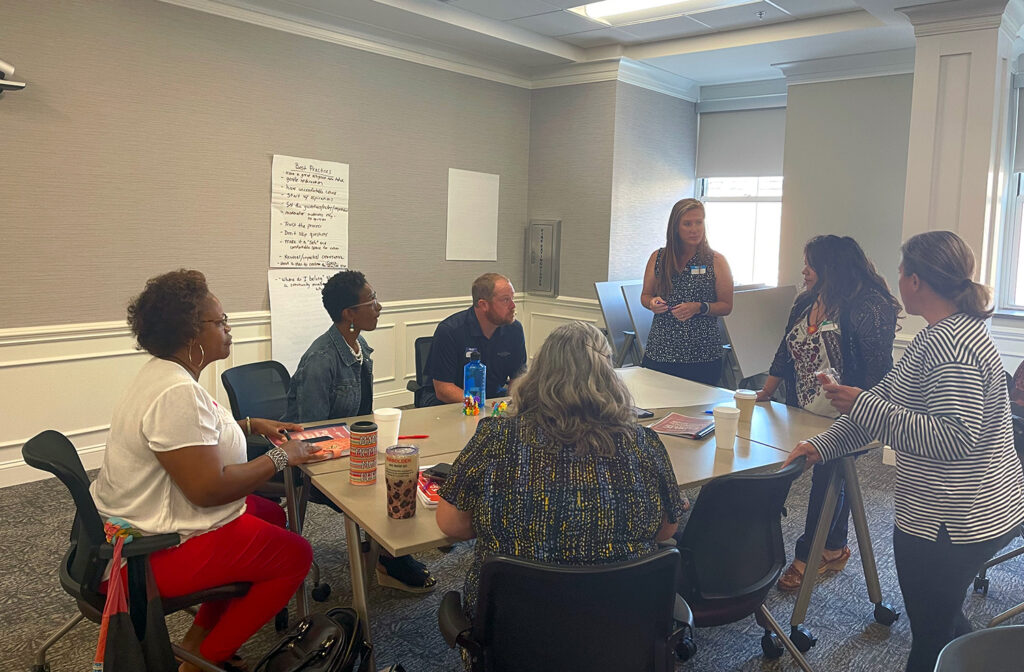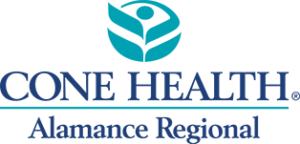By Marla Crockett
When 32 public innovators recently gathered in Alamance County, North Carolina, for their first
workspace since going through the Getting Started Lab, they brought their stories with them. For three
months, the action teams had been gathering public knowledge in the community. The area is home to
strong leaders who have made positive inroads to build upon.
But long histories of division and distrust were also top of mind for people in the room. As one woman
put it, “I had lost sight of myself in the negativity over the years. I was feeling like sitting back and letting
this just be the ugly way things are. She said the Harwood approach was changing her outlook and
opening her eyes to new possibilities for moving forward. “This work is reminding me of who I am,” she
said.
That’s not to say this work has been easy. The innovators at the workspace identified challenges they
faced with their community conversations: getting started, finding diverse voices, staying neutral as a
moderator, operating outside of their comfort zone, engendering trust, recruiting reluctant participants,
and fearing unknown outcomes.
Yet team members stuck to the Harwood mantras: Turn Outward, Get in Motion, Start Small to Go Big,
and Create a New Trajectory of Hope. Best practices for community conversations emerged as they
worked with their Harwood coaches and the Institute’s partner, Impact Alamance. Public innovators
verbalized these discoveries as the following: “Follow the guide, trust the process.” “Work with allies you
know and trust.” “Communicate frequently and with a personal touch.” “Be intentional in selecting
moderators.” “Go with the flow, find comfort in silence.”
But something more than team wins was happening in Alamance County. Individuals were feeling the
impact of the Harwood approach in their thinking and behavior.
One woman told the group she felt “on the fence” about the Harwood approach during the first lab.
“Then I realized that the commitment to be a part of this required self-evaluation. Do I have the time,
and do I want to?” She decided to start using the Harwood approach outlined in the North Star in her
daily life. “If I can see change, then I can commit. I applied this to the way I communicated with my
daughter, and she instantly wanted to talk to me more. And when I started to forget the parts, I cut apart
the North Star and put it all around to remind me. And I started to see, ‘This can work if we apply it in
small ways in our teams.’ Now I show up.”
She was hardly alone in feeling the impact. One public innovator said, due to the Harwood training, “I’m
connecting with my community, being the person who invites and welcomes, who approaches.” Another
said, “I’ve learned to ask questions and really listen before I interject.” Yet another emphasized a new
appreciation for “celebrating those small wins.”
Alamance County public innovators are still in the first year of their learning journey. But the group is
determined to grow the chain reaction they’ve begun to unleash by gathering public knowledge and
engaging the community. They are expanding their networks, listening more intentionally to the
community, and letting go of their biases and preconceived notions.
Their efforts are far from complete. It is just the beginning. Yet their actions are putting Alamance
County on a more purposeful path, one that is grounded in shared purpose and a renewed sense of
hope. As one innovator put it, “This work has made me feel so deeply connected with the community. It
also leaves me encouraged to see so many others that are invested in the growth of Alamance County.”
Just like the Alamance County public innovators, you can start a chain reaction in your community by
applying the Harwood approach. Learn how to get started by joining Rich Harwood for our next New
Basics Webinar: The North Star on Thursday, September 14 at 12 pm Eastern.



